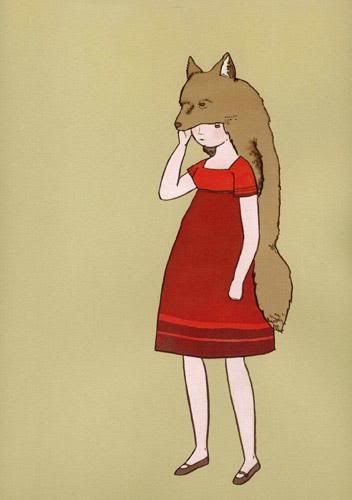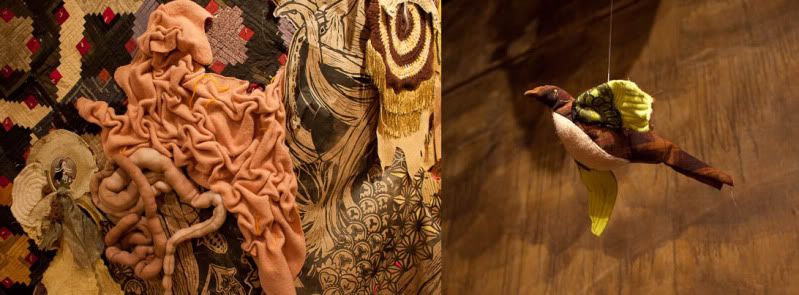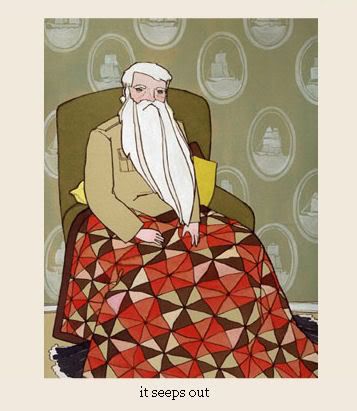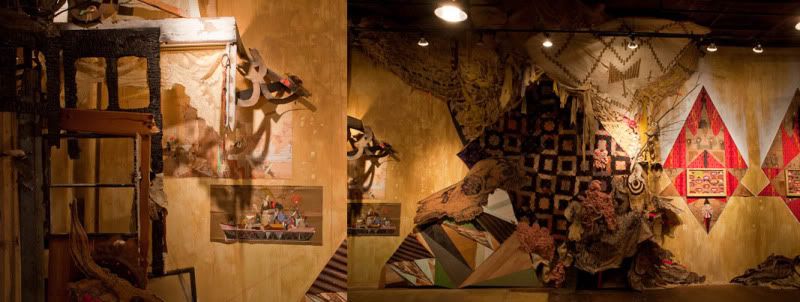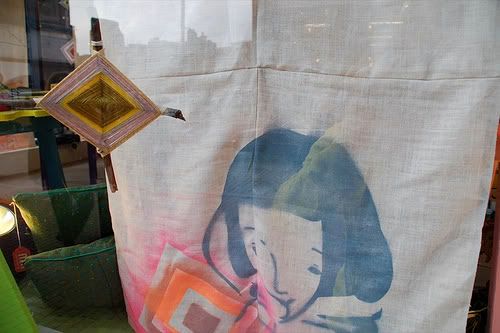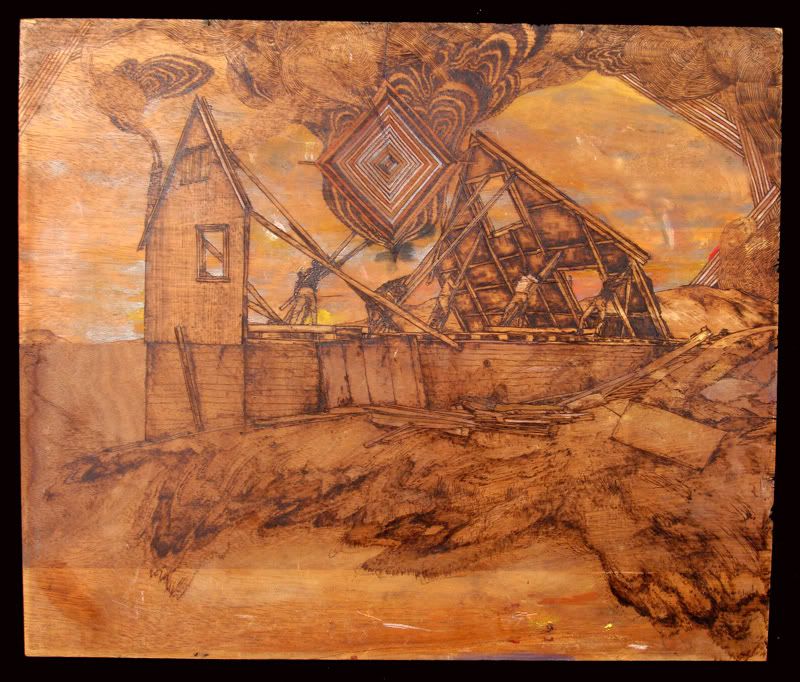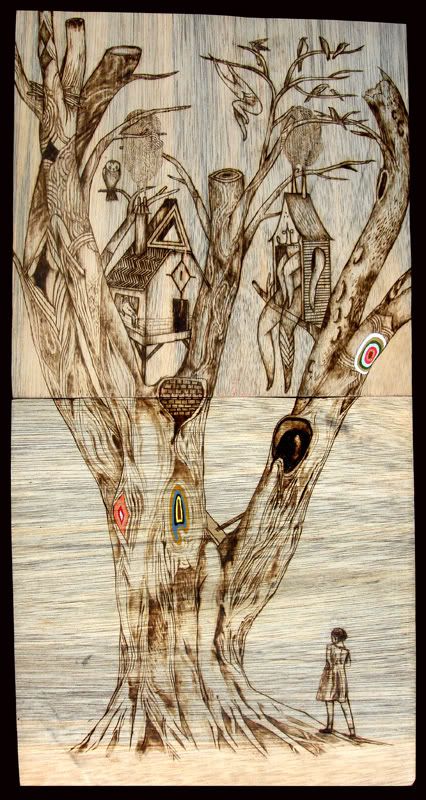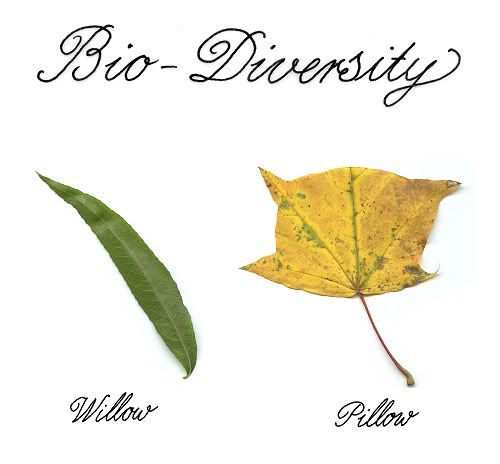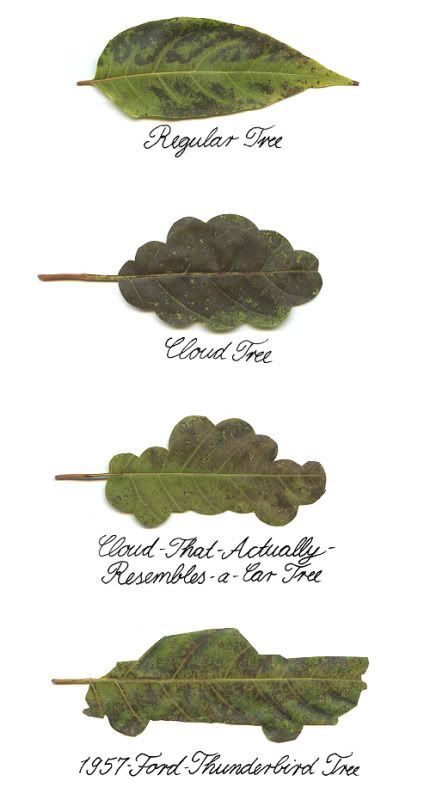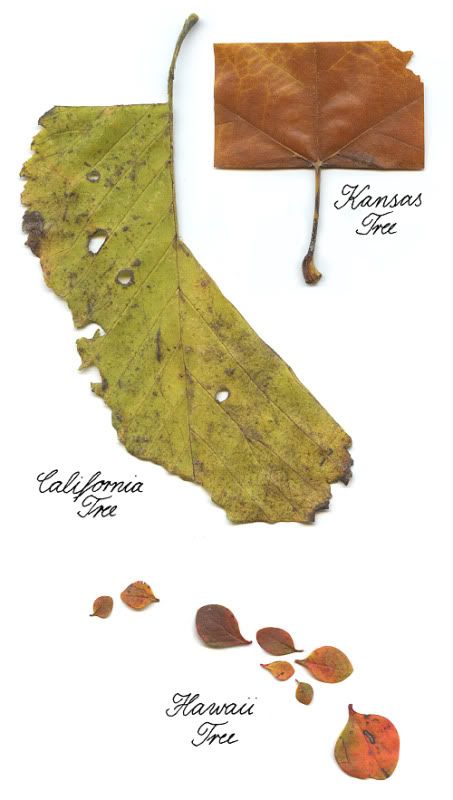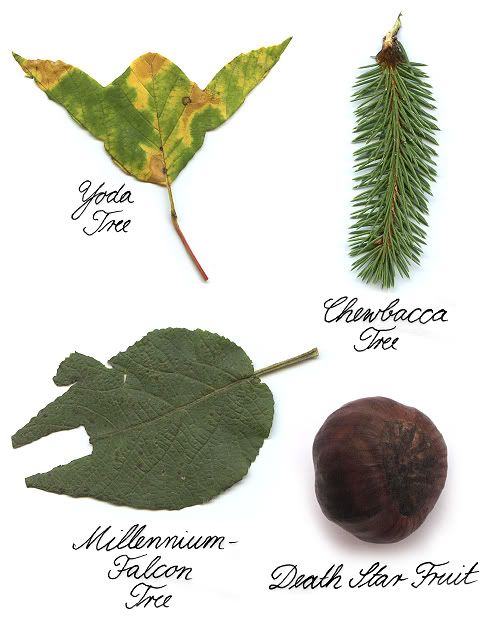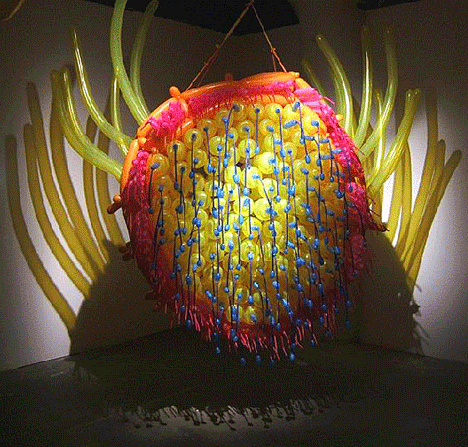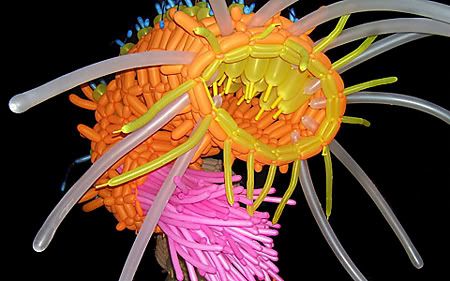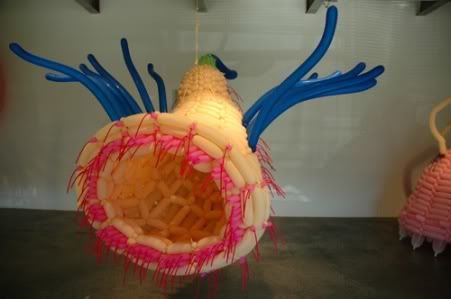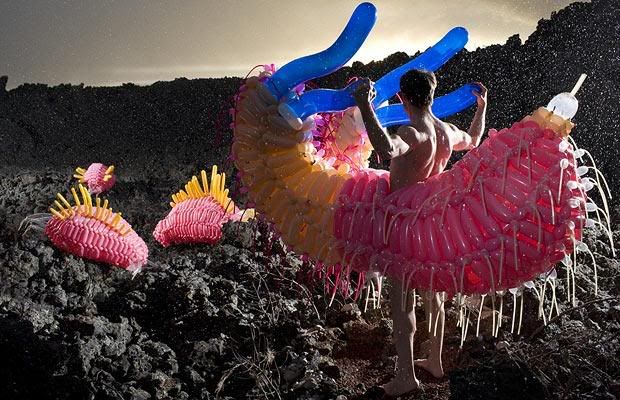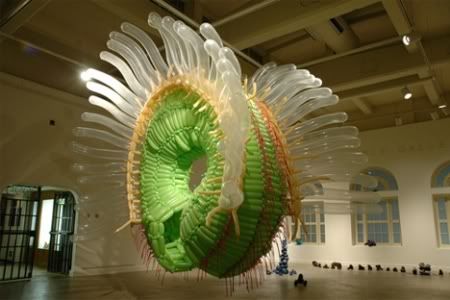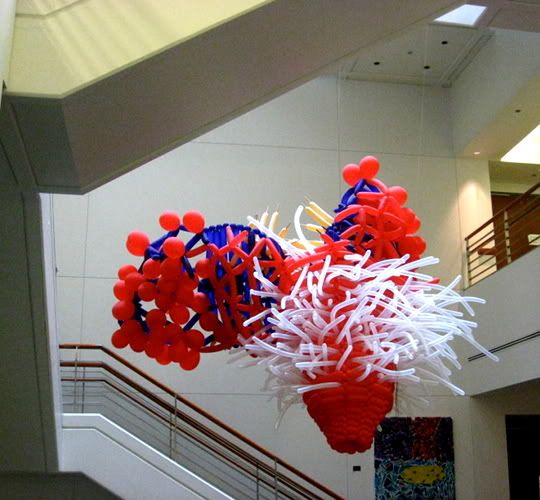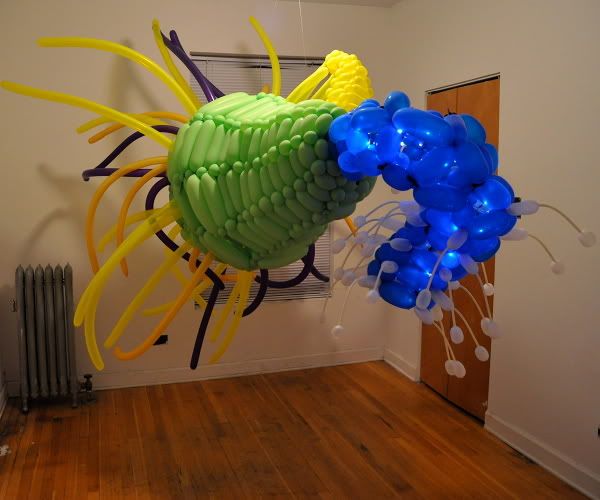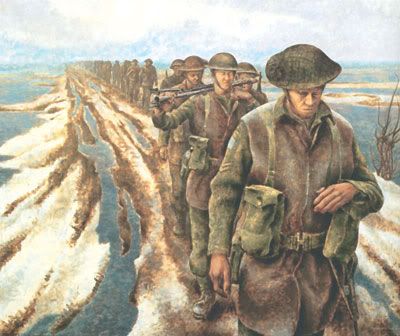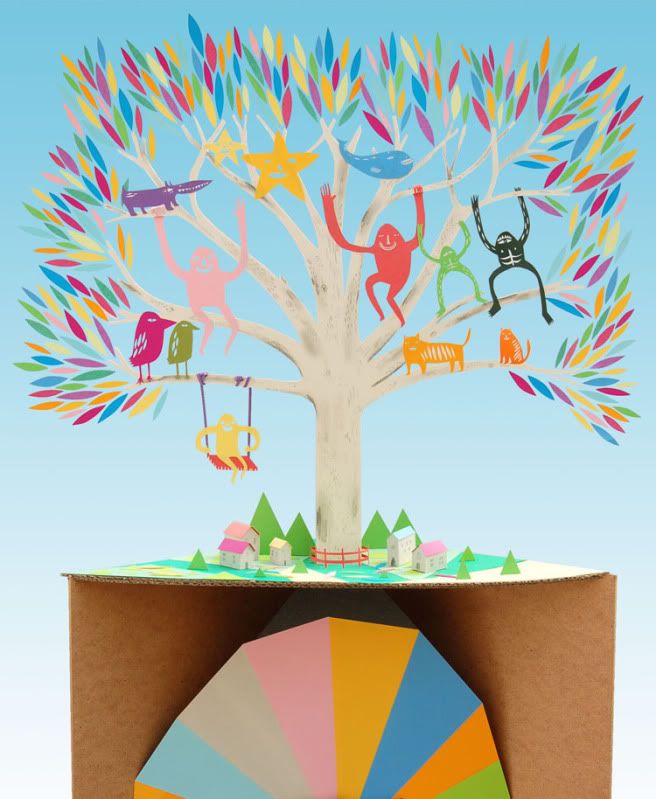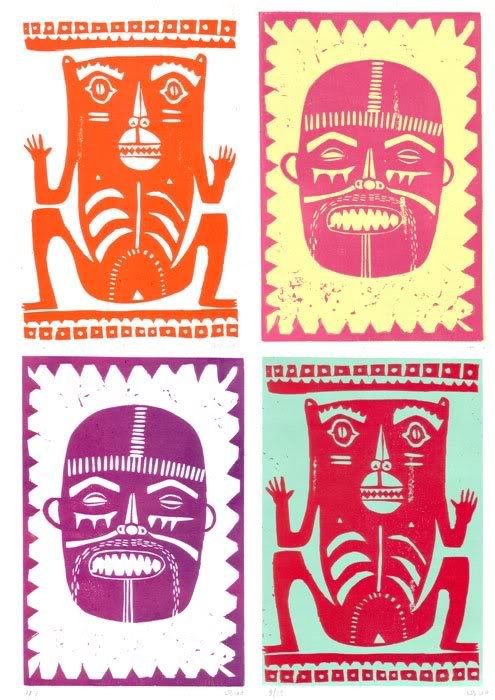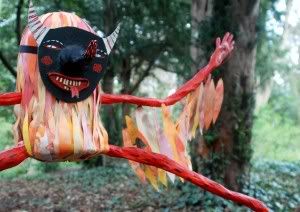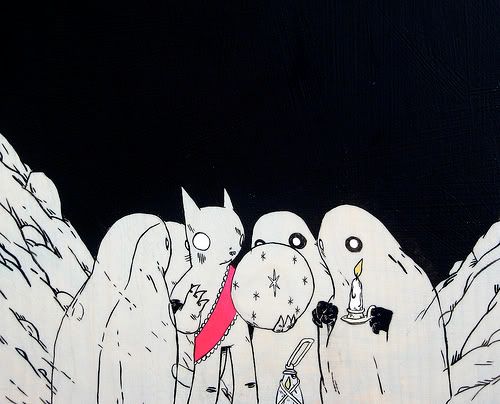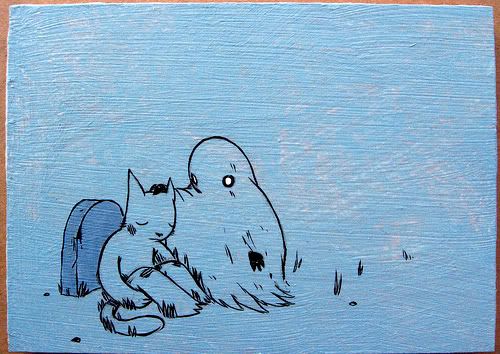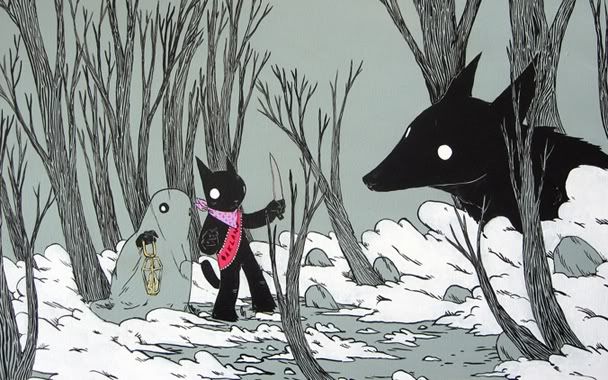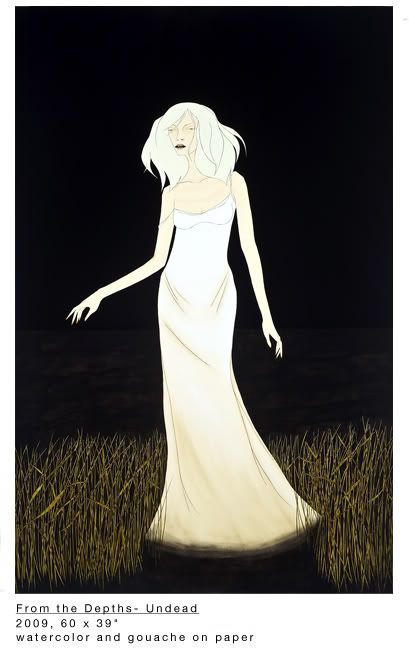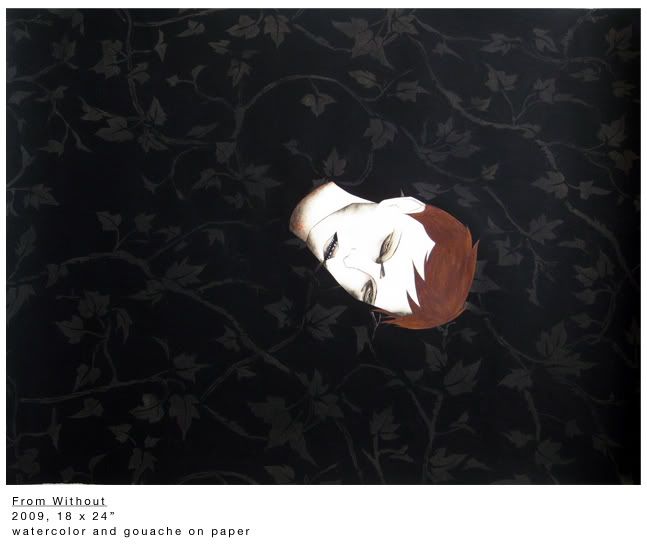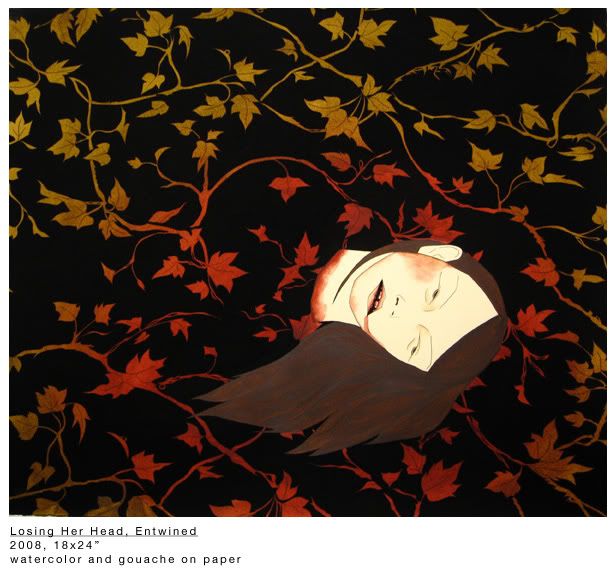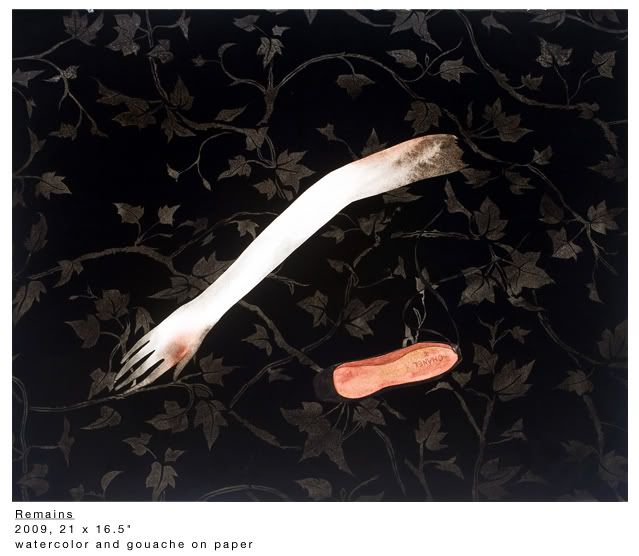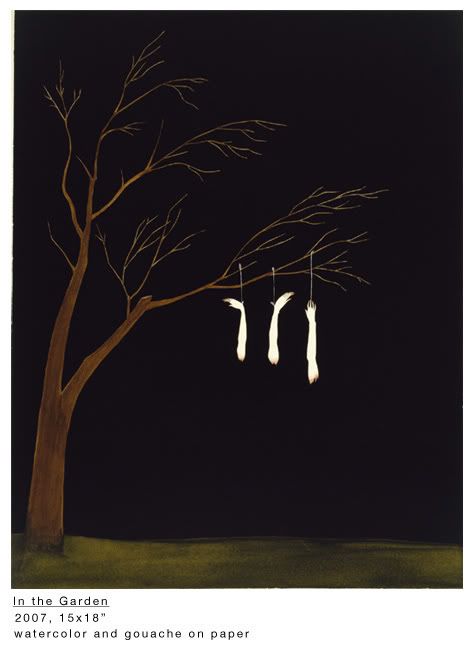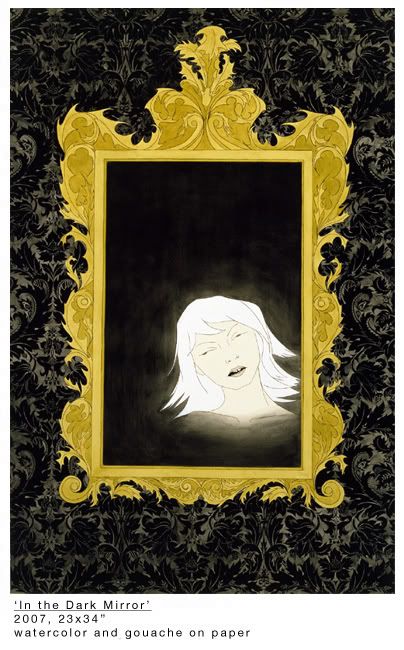I strive to be a Renaissance woman, to straddle the art:science divide. I have some success in this. For instance, people actually pay me to work as a scientist, and other people pay me to make art. I also, make 'art about science' sometimes. In observing myself, I find that I come to art about science as a scientist - I might employ whimsy, but I respect accuracy. This tendency doesn't stop me from making art about myth. But the way my brain is wired, I don't have any tendency to use science decoratively, or twist it for humour. If there is humour, it is inherent (like the irony in scientists having imaginary friends such as
Maxwell's Demon). This is not a judgment, merely an observation. I enjoy art which combines levity with science.
As a scientist, I am trained to be wary of
'apophenia' or the propensity to see patterns where there are none, and specifically
'pareidolia' or seeing images in random stimuli, like seeing a dragon in the clouds. Pareidolia can be very useful as a visual artist. To the scientist it is a hazard, unless it recognized and happens to inspire ideas (as it often does to the artist). I think this training is why, I recognize in
Kevin Van Aelst an artist with similar interests to me, but a mind which works quite differently than my own. His photographs show things masquerading as other things, often with a scientific or mathematical bent. (His C.V. says his background is psychology- perhaps this explains the lens through which he views his subjects.)
Consider what appears at first glance to be a pile of laundry, but on closer examination reveals a lesson in anatomy, complete with colours to indicate the nature of the blood (blue, deoxygenated vs. oxygenated red) in cardiovascular circulation:
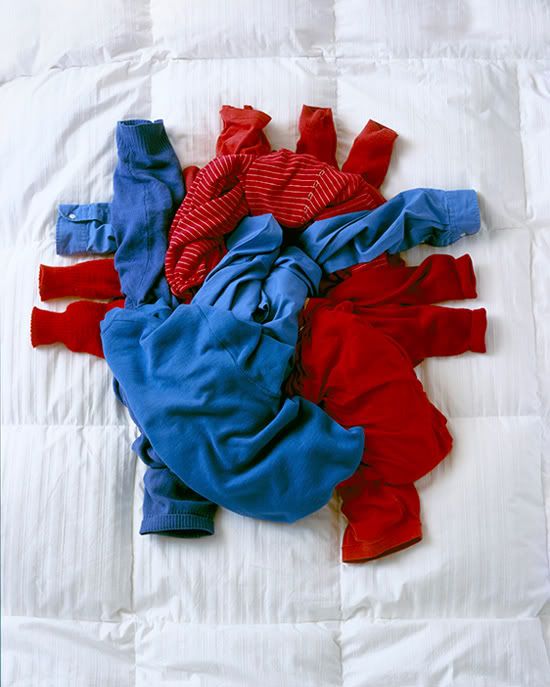
The Heart, 2009, digital c-print, 40 x 30"
Or the fractal egg (with yolks illustrating the
Cantor set), as if he sensed that a yolk was simply the first in a set to be subdivided. A pattern, which is not really there...
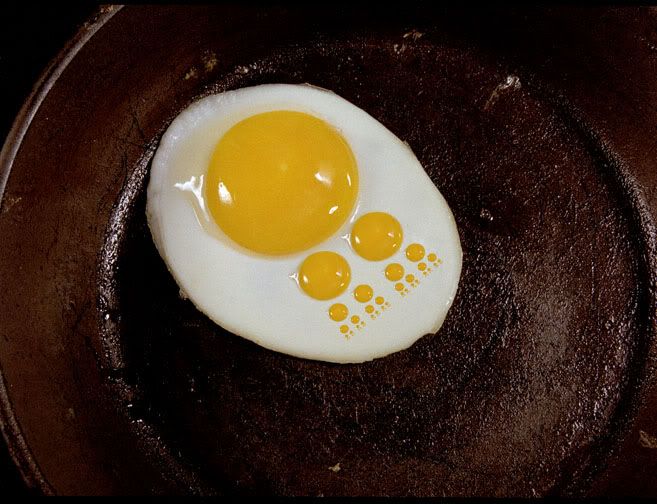
Or the more straightforward, map of Hawaii.
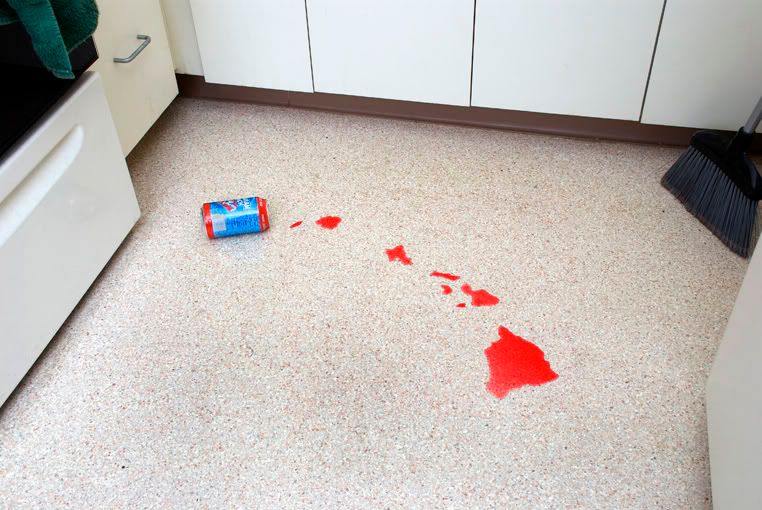
Hawaii, 2007, digital C-print, 12 x 18

But to me, this seemingly simple case of pareidolia, seeing a map in a spilled drink, hides a deeper insight. As a geophysicist, I know that the man in the painting behind my shoulder,
J. Tuzo Wilson explained that the Hawaiian islands were formed by upwelling molten rock at a fixed hotspot, as the Pacific tectonic plate moved northwest leaving a trail of volcanoes in its wake. Physics tells you inertial frames of reference are equivalent; we could sit on the hotspot for hundreds of million of years (ouch!) and watch the Pacific plate go by, or affix ourselves to the Pacific and watch the volcanoes appear in a line in the opposite direction. Suddenly, the spilled pop seems like a nice metaphor for island chain formation.
Some of his portfolio is just that: metaphors in unexpected media. Like cellular mitosis in doughnuts, complete with sprinkle chromosomes:

Cellular Mitosis (krispy kreme), 2005, series of 6 c-prints, each 16 x 20
Or clouds nomenclature in a coffee cup:
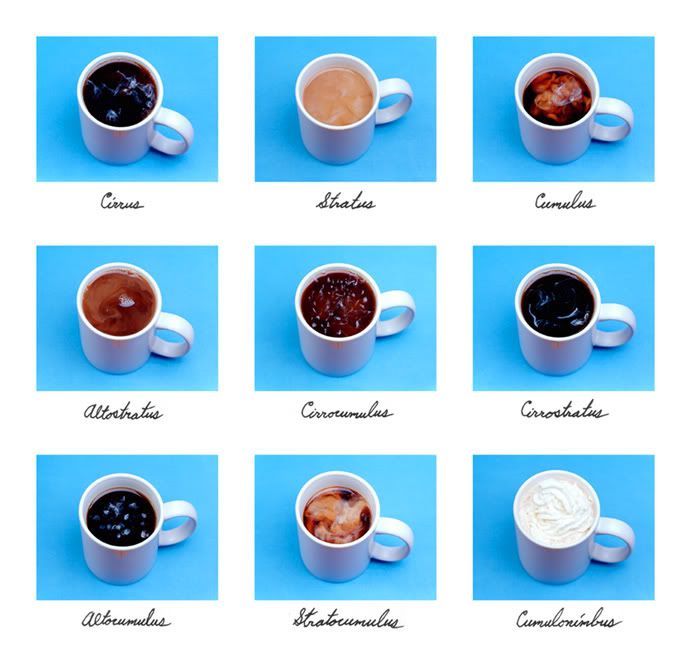
Common Clouds, 2007, Series of 9 digital C-prints and labels, each print: 16 x 20
But metaphor is also both a hazard (because it can lead to inaccuracy) and an invaluable tool (because it can lead to insight) to the scientist. Ultimately, the scientist and the artist share communication as a paramount goal. As such the place where they intersect is an area rife with possibility and creativity - and often humour.
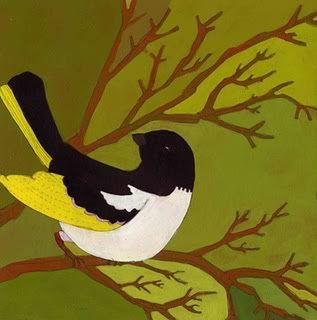 Today, I want to talk about two very different artists. They come from Atlantic and Pacific Coasts of the US (Providence and Oakland). They work in different media. Their art has a very different feel. But, they have some subject matter in common, so I thought I play this game of placing them together, as it were.
Today, I want to talk about two very different artists. They come from Atlantic and Pacific Coasts of the US (Providence and Oakland). They work in different media. Their art has a very different feel. But, they have some subject matter in common, so I thought I play this game of placing them together, as it were.